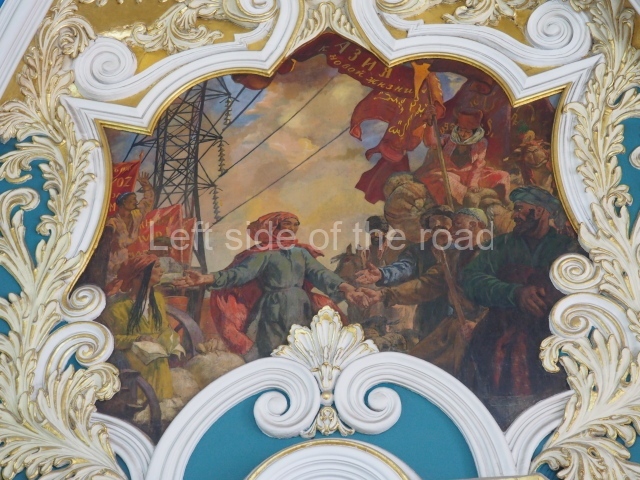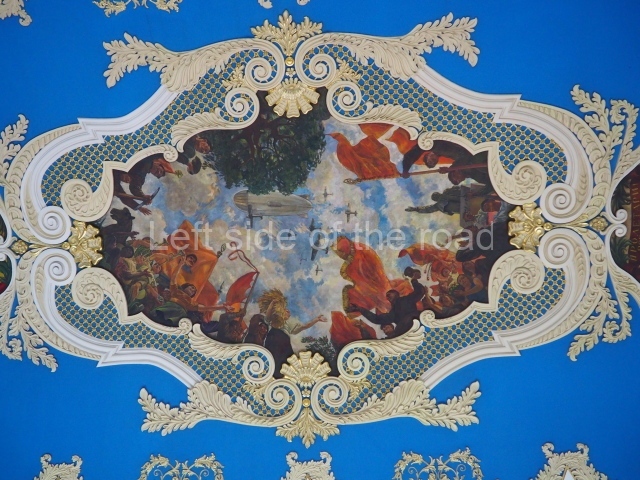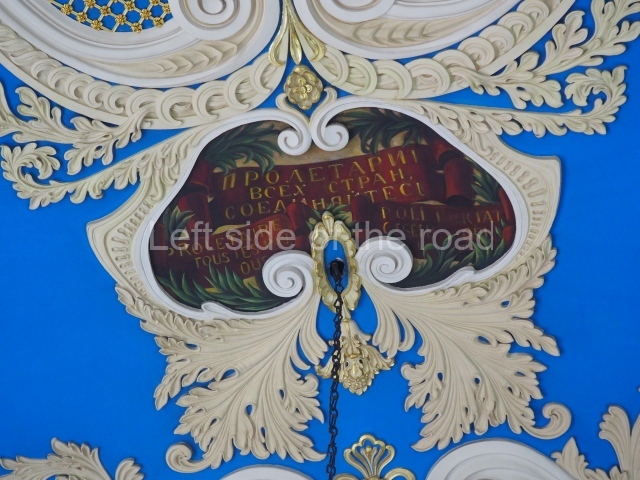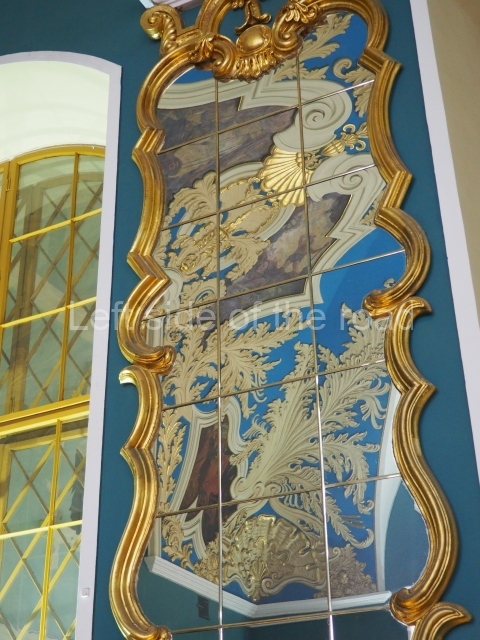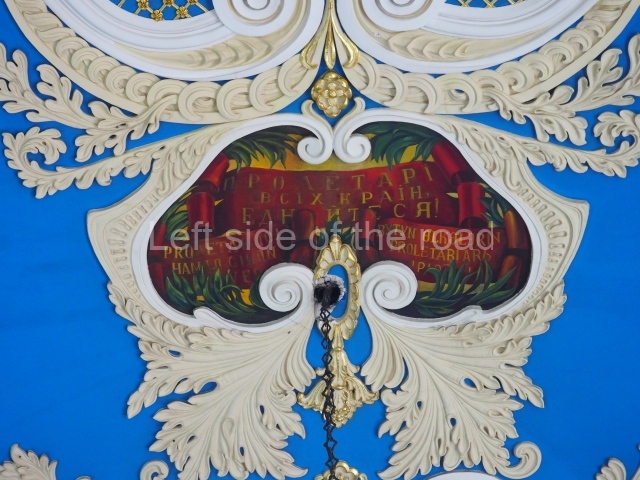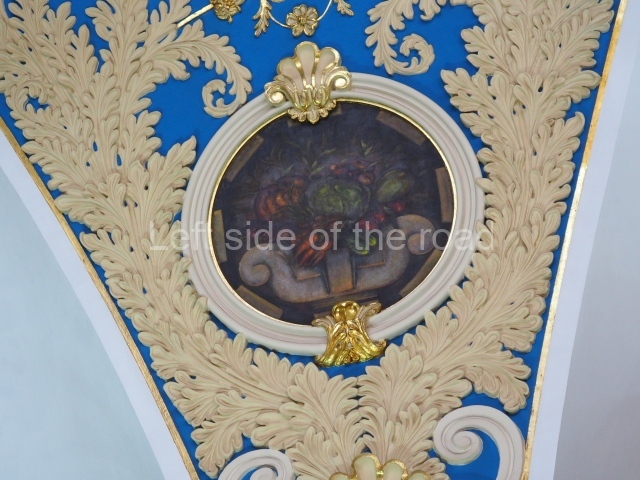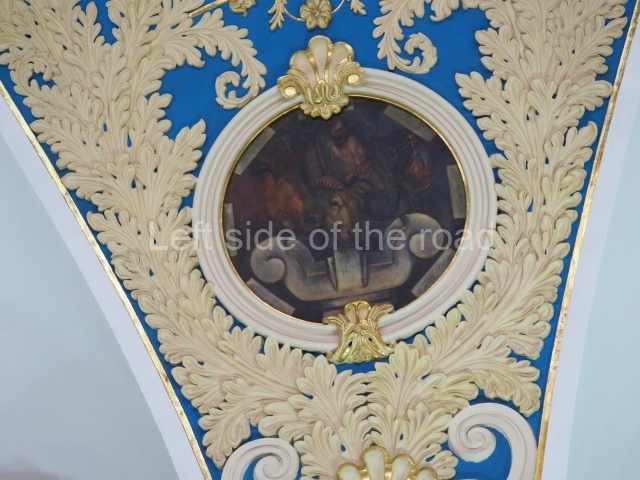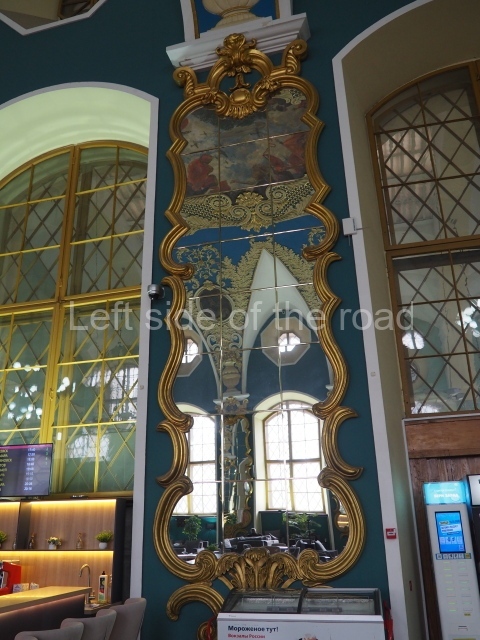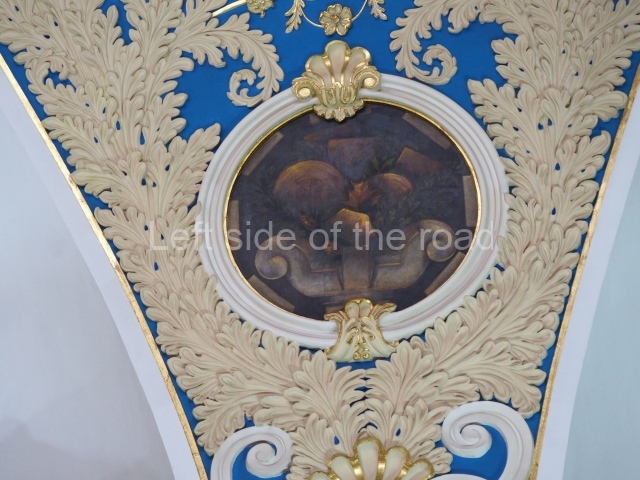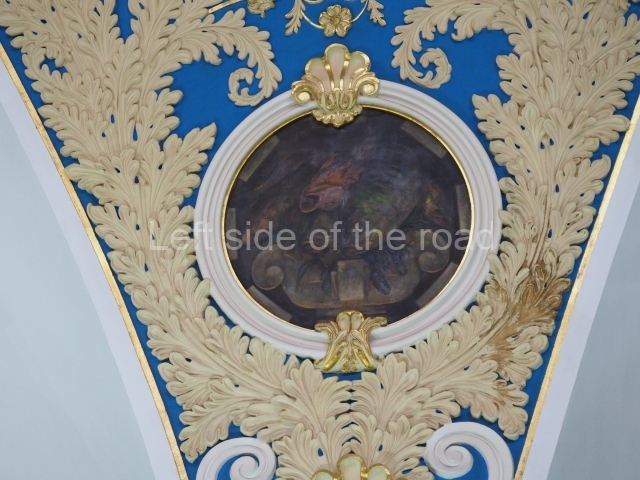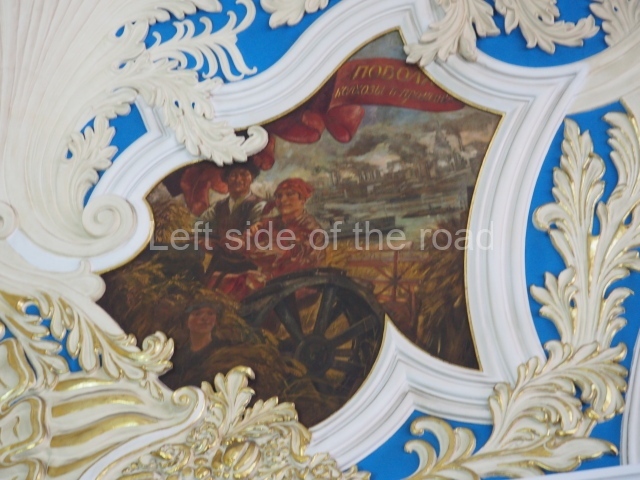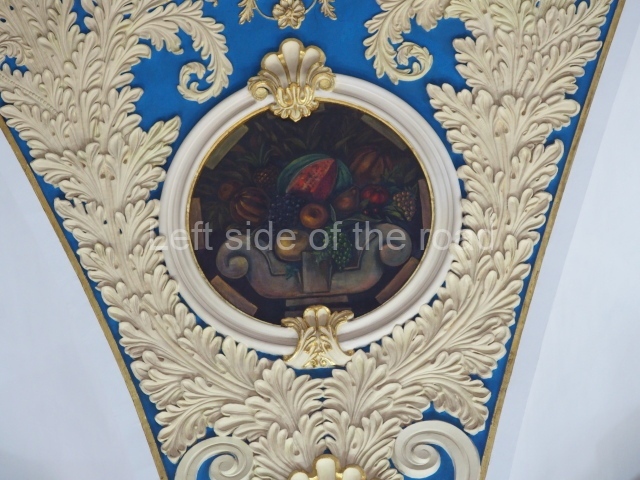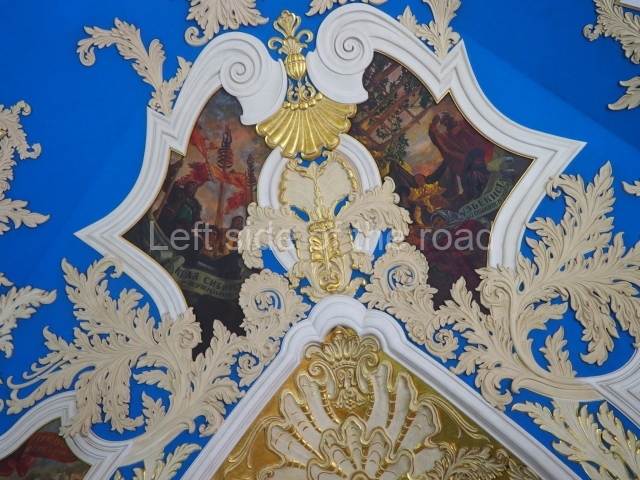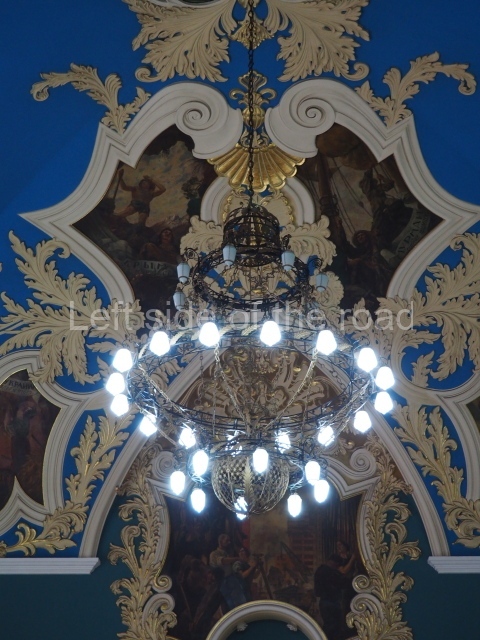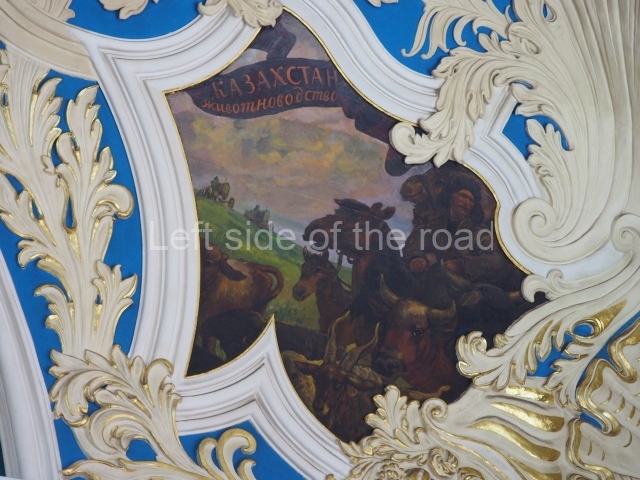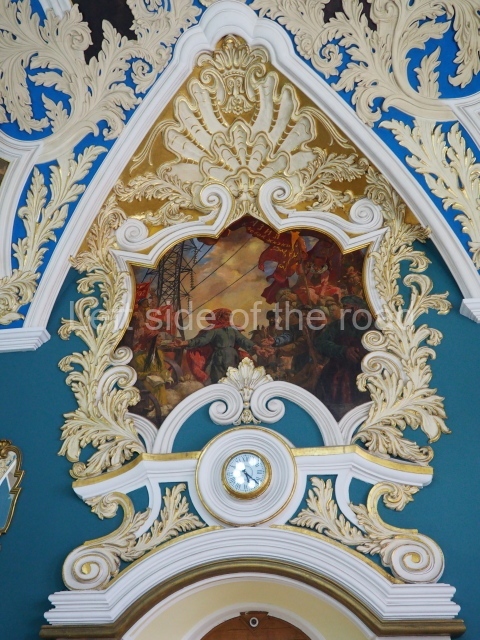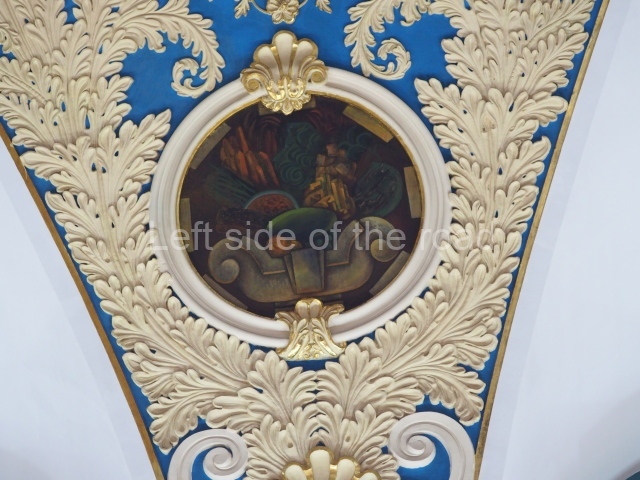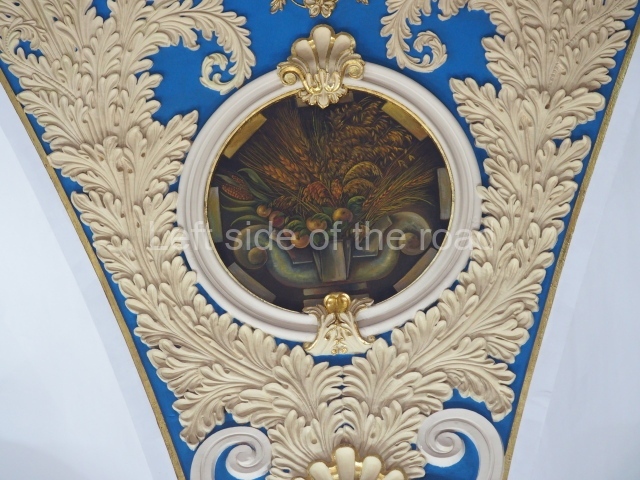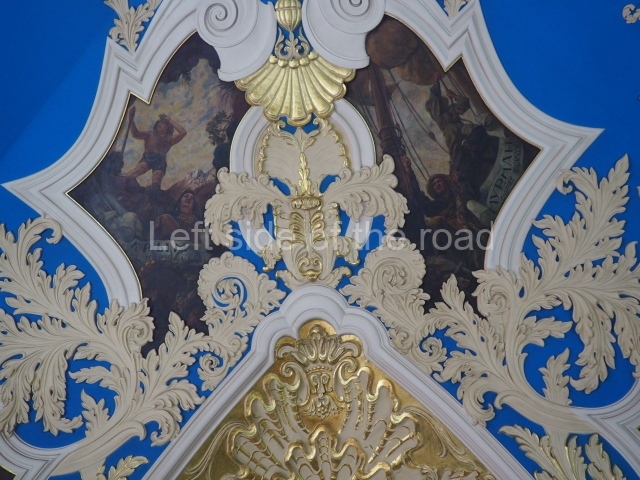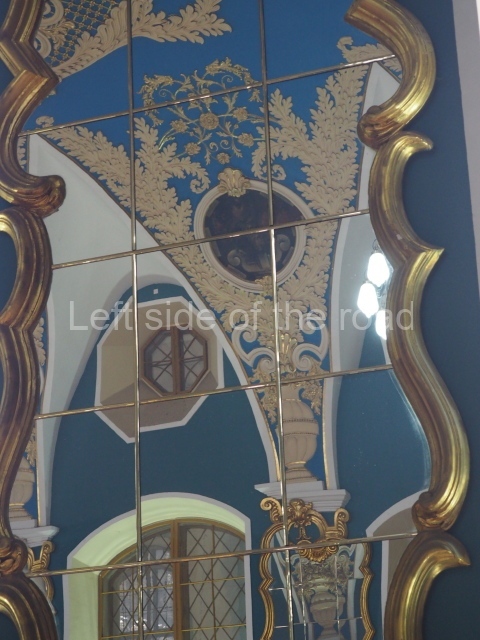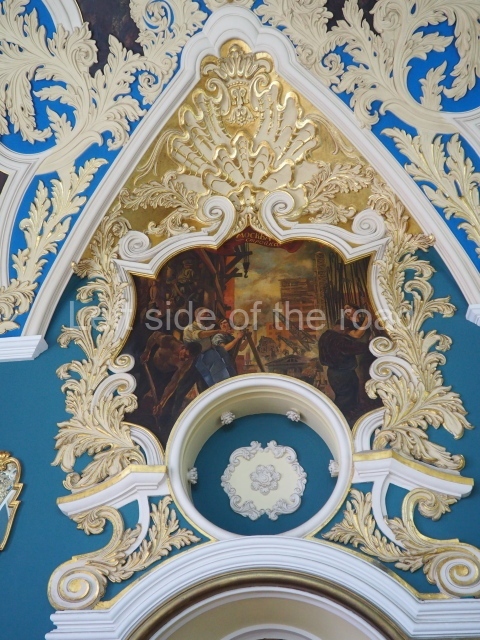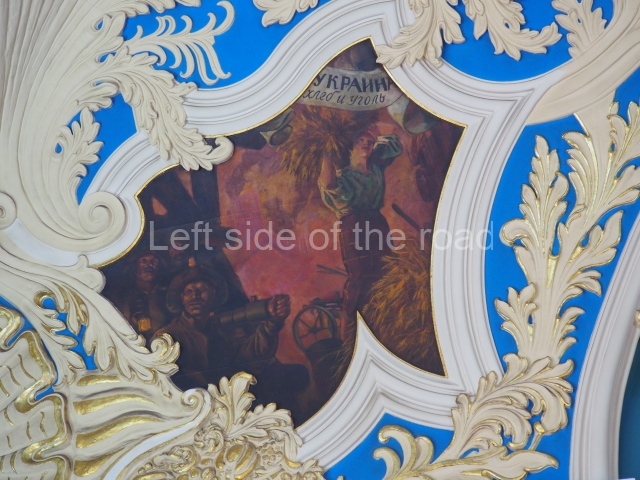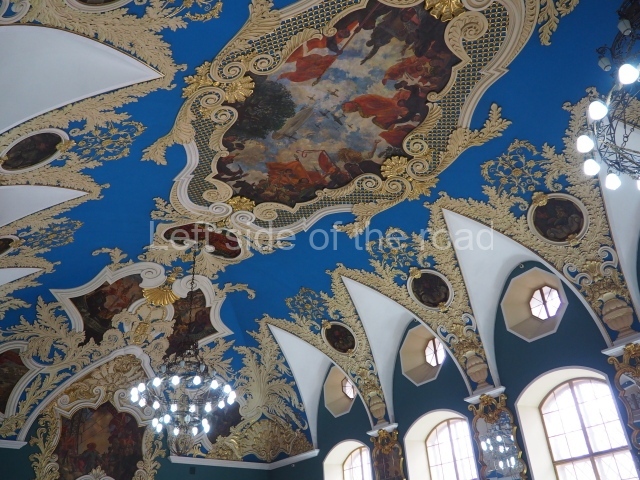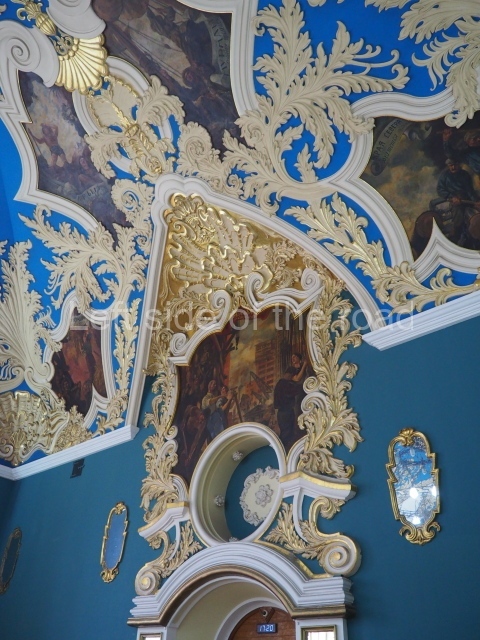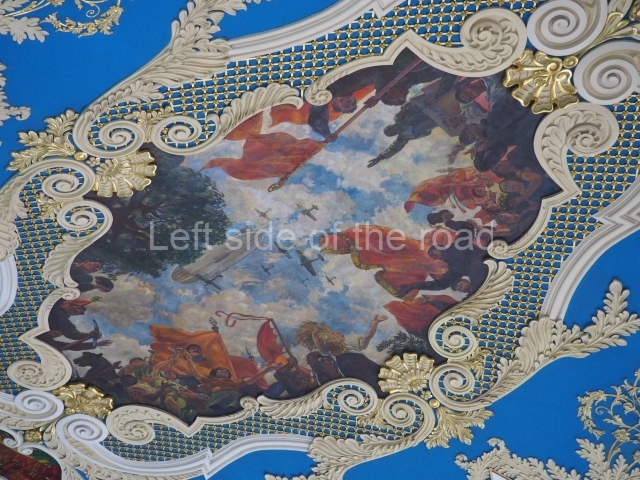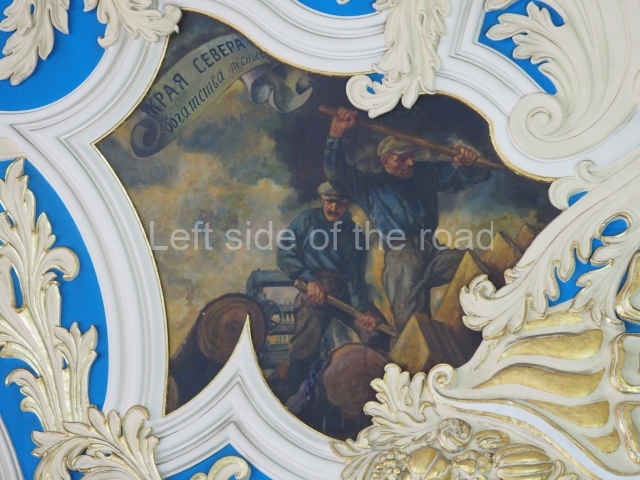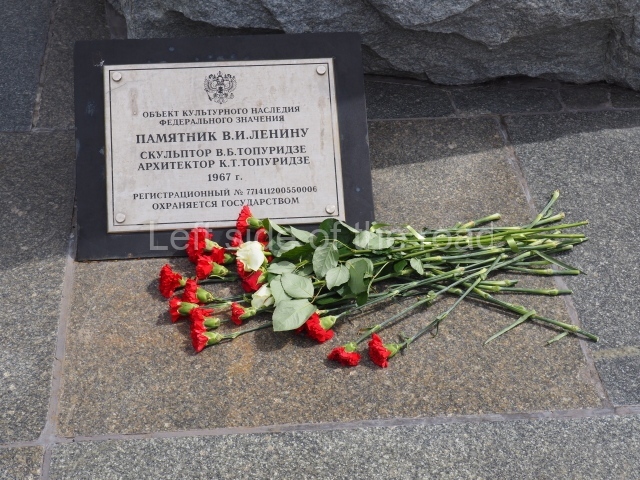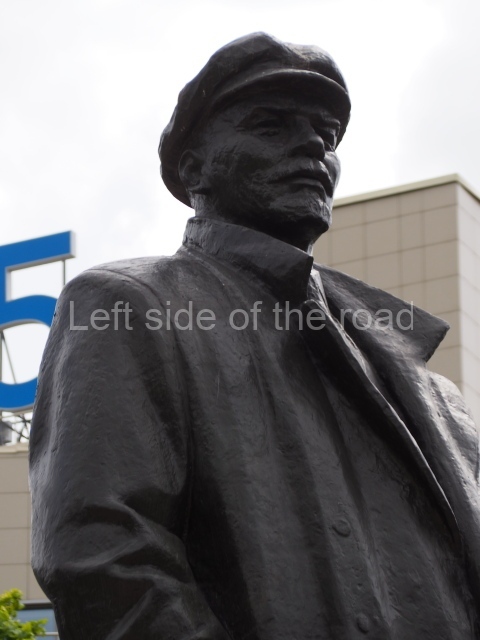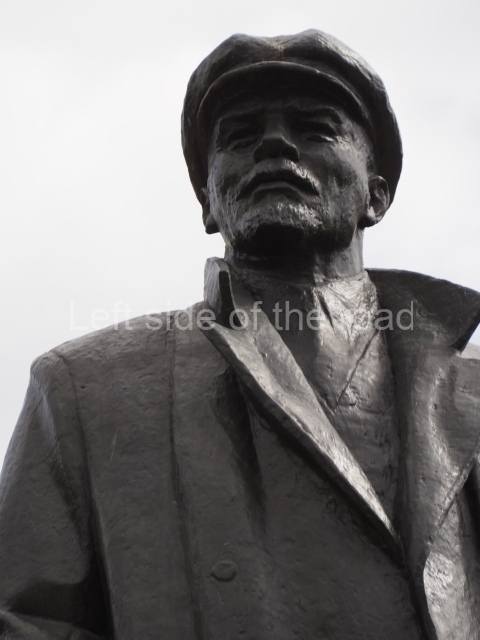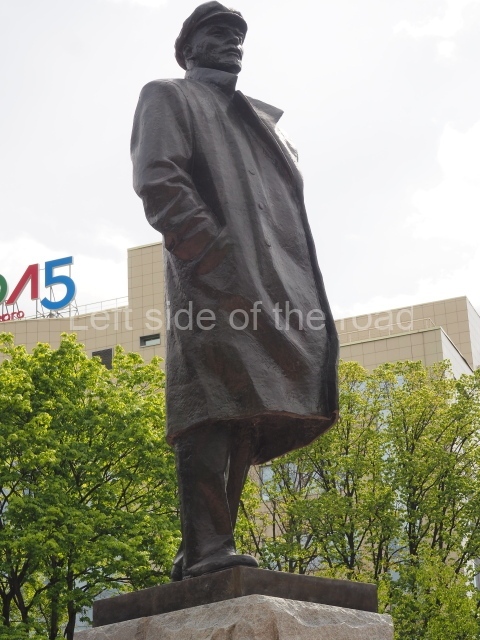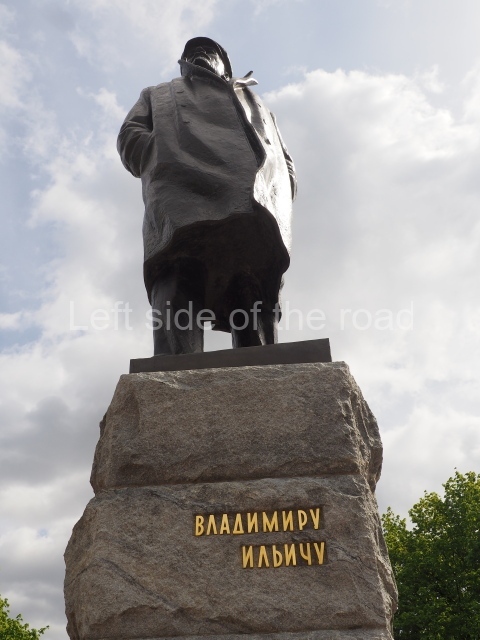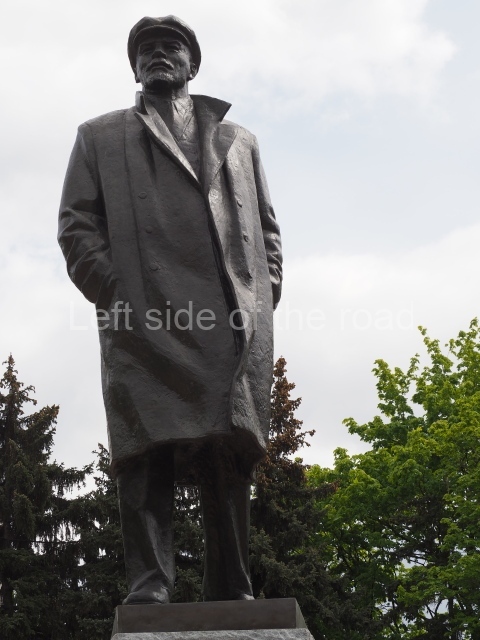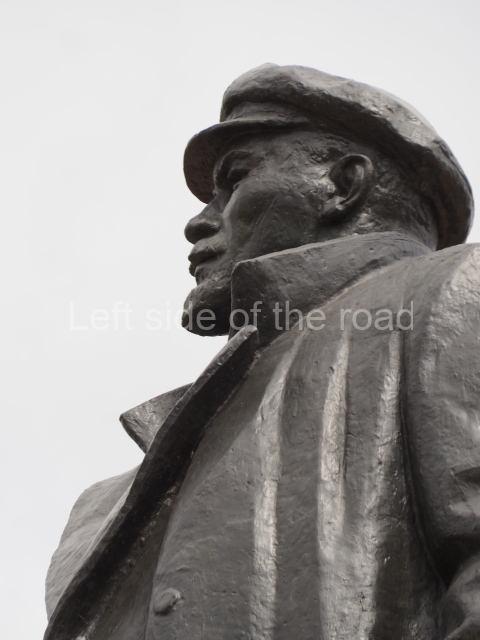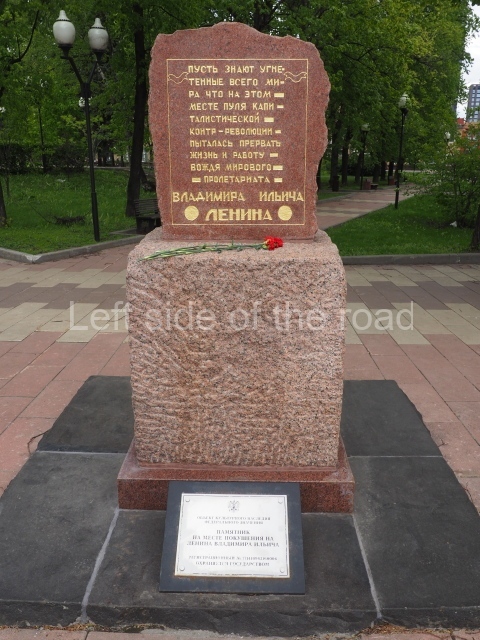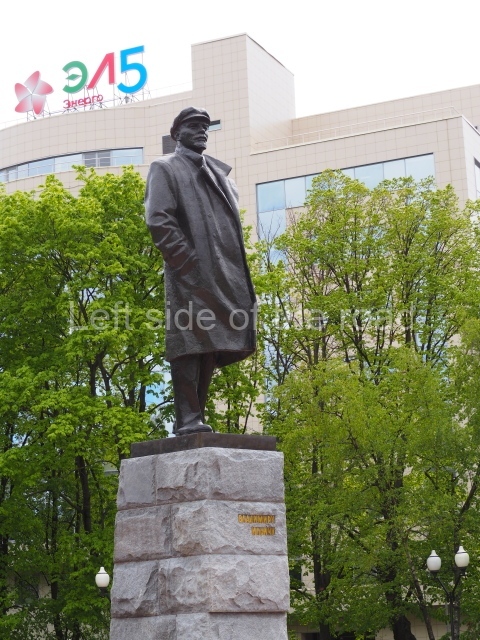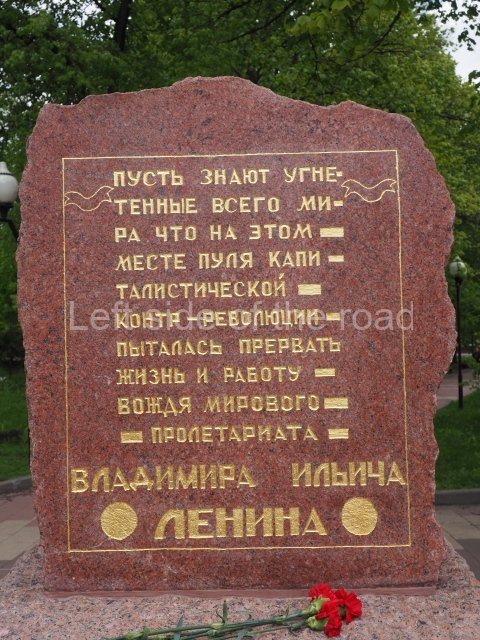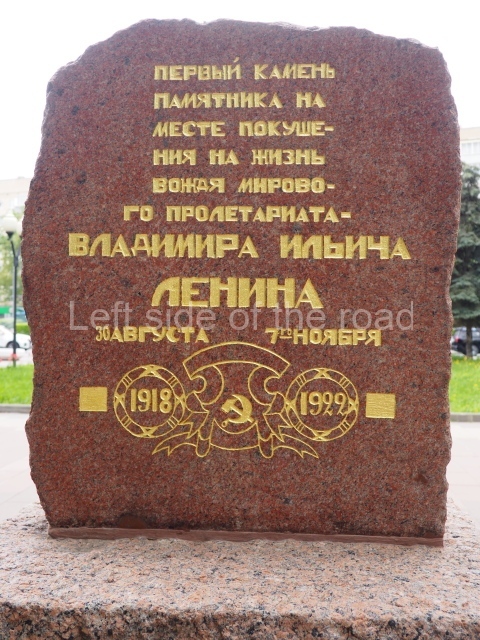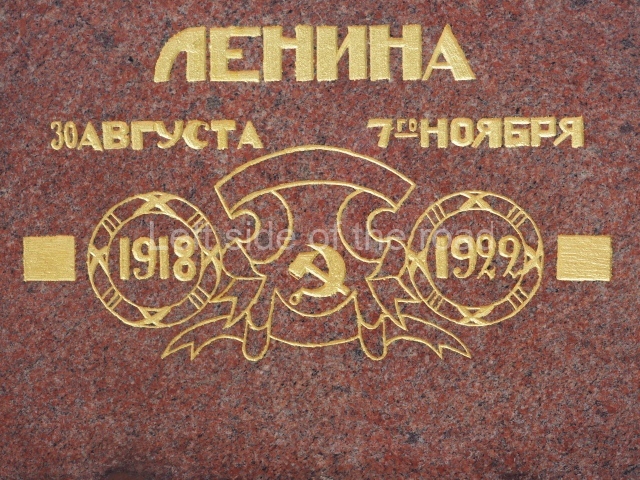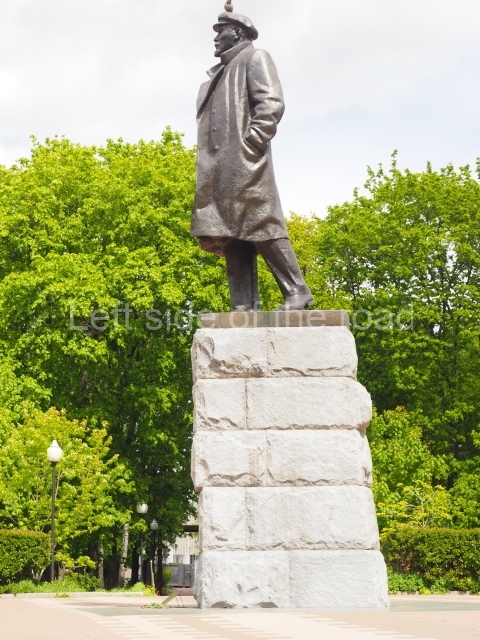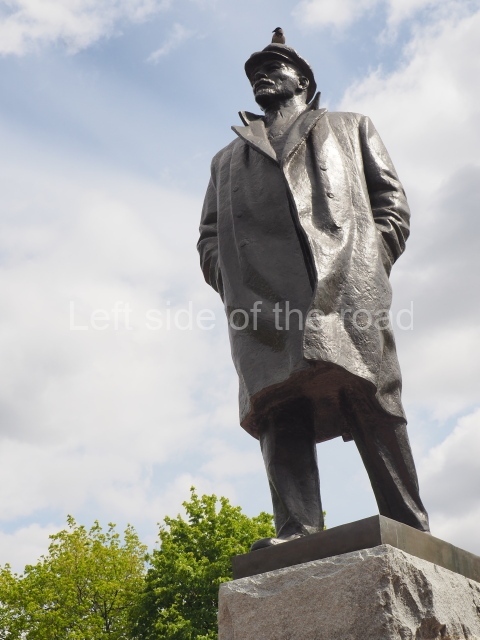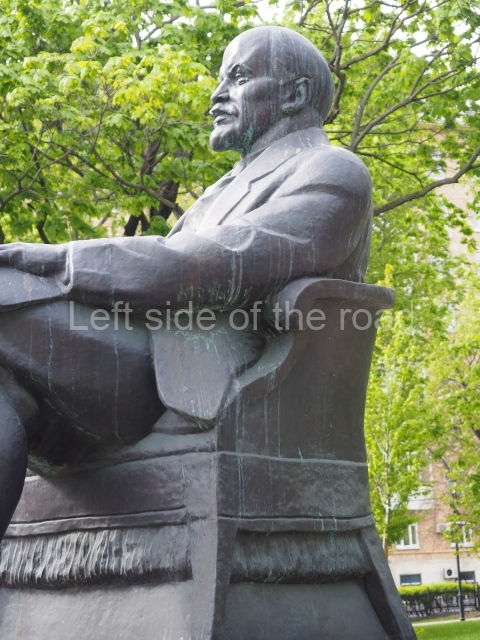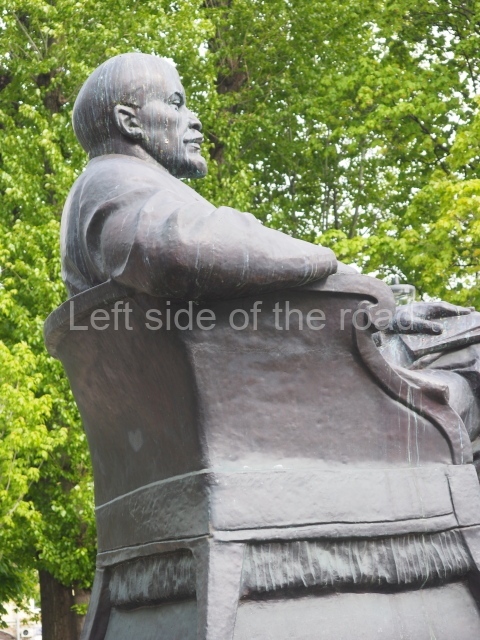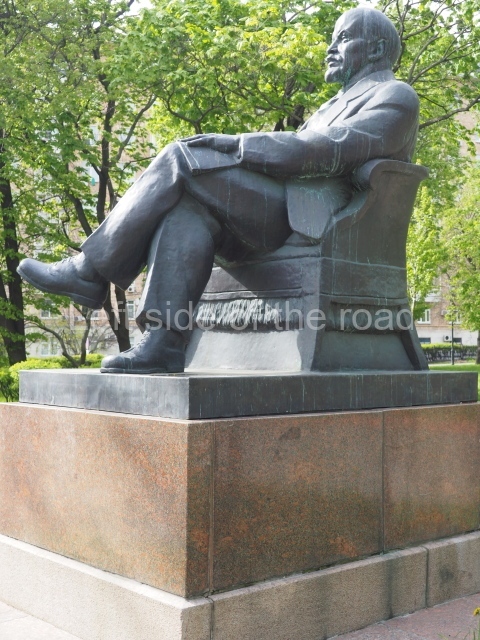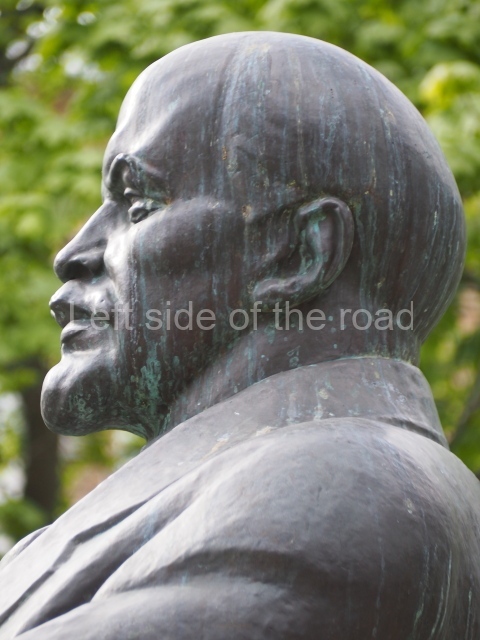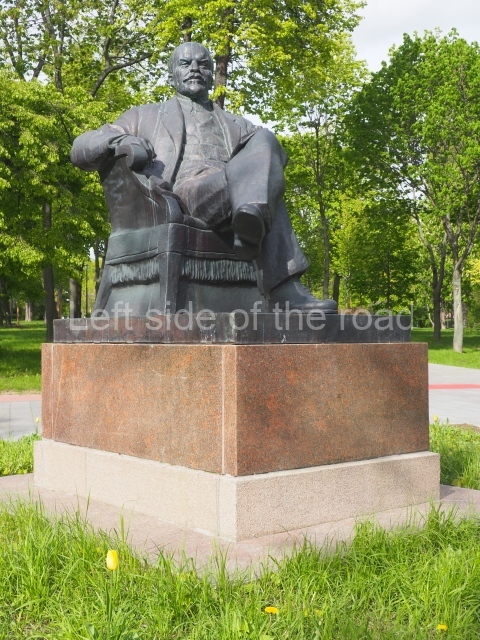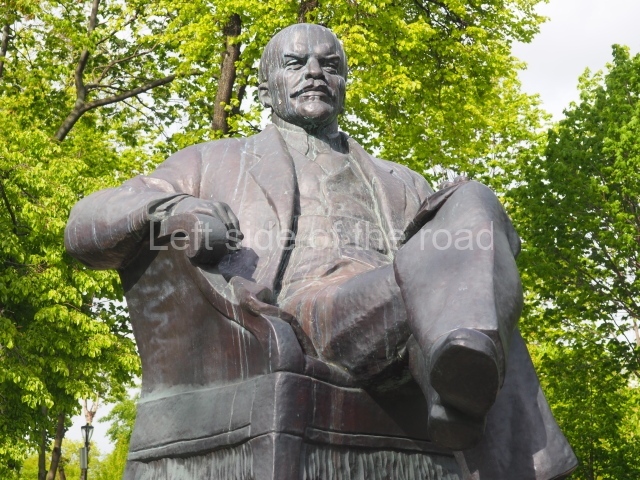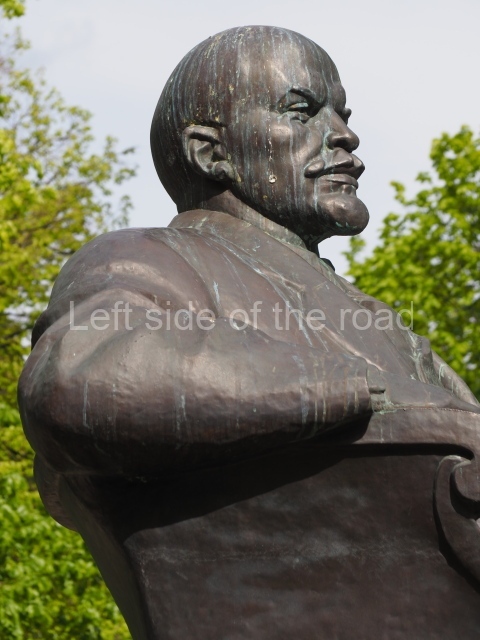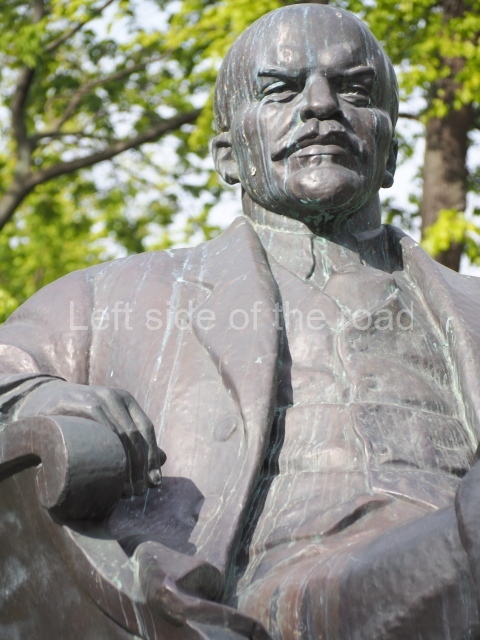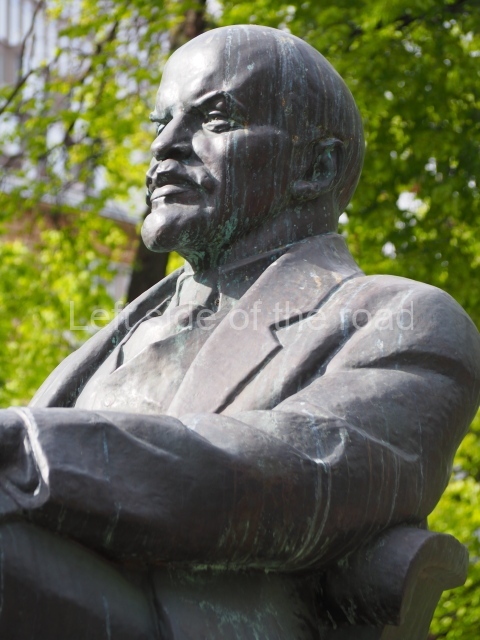
Lenin – Ulitsa Pavlovskaya
More on the USSR
VI Lenin statue and assassination attempt memorial stone – Moscow
The Lenin Monument on Pavlovskaya Street (Памятник Ленину на Павловской улице) was installed in 1967 in Moscow in the park on Pavlovskaya Street in front of the Mikhelson Electromechanical Plant, a factory that was later named in honour of VI Lenin. It was after a visit to this factory on August 30, 1918, that Fanny Kaplan, a member of the Socialist Revolutionary Party, fired three shots at him whilst he was about to get back into his car.
The background
That very same morning the Chairman of the Petrograd Extraordinary Commission (Cheka), Moisey Uritsky, was killed in Petrograd. Despite this fact no extra security was in place, neither on Lenin’s way to make his speech nor even at the factory itself. The Soviet state was less than a year old and there had already been two attempts on Lenin’s life so there was a bit of failing on behalf of the Party. They also were aware that foreign intelligence agencies, especially the forerunner of MI6, were plotting to overthrow the young Soviet government at a time when everything was in flux.
Two of the three bullets hit Lenin – so the gun was not fired by some random person who had a gripe against the Bolsheviks but someone who had been trained in the use of the actual gun (a Browning FN 1900) not someone who had decided, on a personal whim, to assassinate the country’s leader. The third bullet hit a woman who was speaking to Lenin at the time.
It was good that Lenin had a closeness to the workers that he didn’t want to be surrounded by security but the Bolsheviks should have been aware that something like this could be attempted. Whether anyone was ever held responsible for this security lapse is unknown.
Of the two bullets that hit their mark one caused a dangerous wound in the neck, under the jaw, resulting in blood entering his lung. The second bullet hit him on the arm. Further proof that Kaplan had been trained for this.
On investigation by the Cheka two British agents, Sidney Riley and RH Bruce Lockhart, were implicated but investigations by the British concluded that this was not the case, surprise, surprise. However, the combination of events, the characters involved, the ‘coincidence’ of the successful assassination of Uritisky in Petrograd the very same day means that there’s certainly strong circumstantial evidence of covert British involvement.
What has to be remembered is that the 1914 war was still ongoing, that August 1918 was (as it turned out) the last offensive of the German Army and the British and the French were desperate for Russia to re-join them in the war.
Not for the first time, and certainly not for the last (up to today), the British have used assassination to try to achieve their aims.
Lenin wasn’t, at first, expected to live but he recovered quickly. He left Moscow for the countryside at Gorki to recuperate on September 25, returning to Moscow on October 14 and was next seen in public on the 22nd. Although Lenin seemed to recover completely from this attack there’s no knowing how these injuries might have contributed to his relatively early death less than six years later, at the age of 53.
Memorial stone to the assassination attempt on VI Lenin

Assassination memorial stone
In 1922 workers from the factory installed a memorial stone of red polished granite on the site of the assassination attempt.
On the front side are inscribed the words:
In Russian;
Первый камень монумента на месте покушения на вождя мирового пролетариата Владимира Ленина. 30 августа 1918 – 1 ноября 1922
In English;
The first stone monument on the site of an attempt on the life of the leader of the world proletariat, Vladimir Lenin. August 30, 1918 – November 1, 1922
The inscription on the reverse side reads;
In Russian;
Пусть угнетенные всего мира знают, что в этот момент пуля капиталистической контрреволюции пыталась прервать жизнь и деятельность вождя мирового пролетариата Владимира Ильича Ленина
In English;
Let the oppressed of the whole world know that on this spot the bullet of the capitalist counter-revolution tried to interrupt the life and work of the leader of the world proletariat, Vladimir Ilyich Lenin
Whether the stone that is presently in place is the original I don’t know. It looks in very good condition for something that’s been in situ for over a century, a century that included the Nazi attack on the city.
The statue

Lenin – Ulitsa Pavlovskaya – 01
On November 7, 1947 (the 30th anniversary of the October Revolution) in the square in front of the factory, close to the assassination memorial stone, a granite statue of VI Lenin was erected, the sculptor being SD Merkurov and the architect A Zhukov.
In 1967 that statue was moved to inside the factory and the present statue, the work of sculptor VB Topuridze and architect K.T. Topuridze was installed in its place.
‘The present monument to Lenin on Pavlovskaya Street was established on the initiative of the old Bolsheviks of the plant named after Vladimir Ilyich. The sculptor and architect worked on the monument directly in one of the workshops of the plant where they consulted veterans who had personally attended Lenin’s speeches. Workers of the plant named after Vladimir Ilyich made all forms for sculpture, which were then sent to the Leningrad plant ‘Monument Sculpture’ for bronze casting.’
This new statue was inaugurated on November 1, 1967, just before the 50th anniversary of the October Revolution.
The sculpture is five metres high and stands on a high granite pedestal. Lenin is shown standing upright dressed in a full length winter coat and is wearing a cap
Location;
In a small park at the junction of Ulitsa Pavlovskaya and Ulitsa Pavla Andreyeva.
GPS;
55.72087º N
37.62862º E
How to get there by public transport;
Serpukhovskaya Metro, on Line 9, south of the city centre. And then a 10 minute walk south along Bolshaya Serpukhovskaya Ulitsa. The park in which the statue and the memorial stone are located is just after the first crossroad at Ulitsa Pavla Andreyeva, on the left.
More on the USSR



